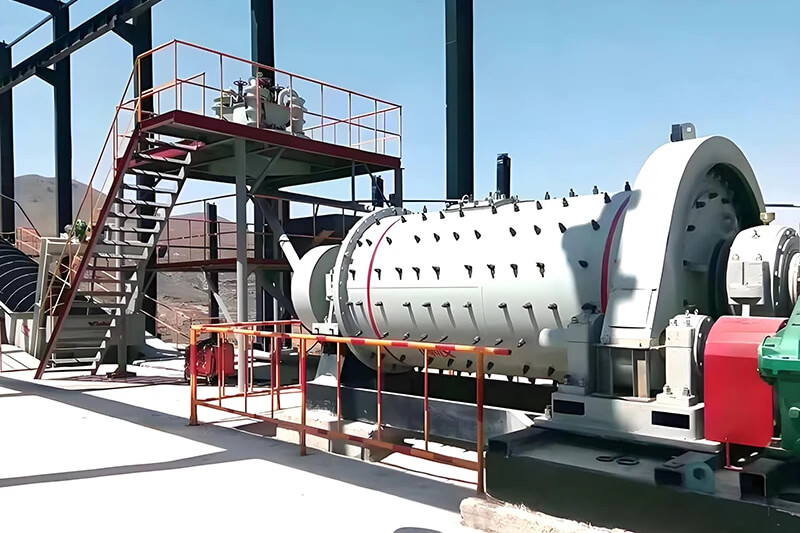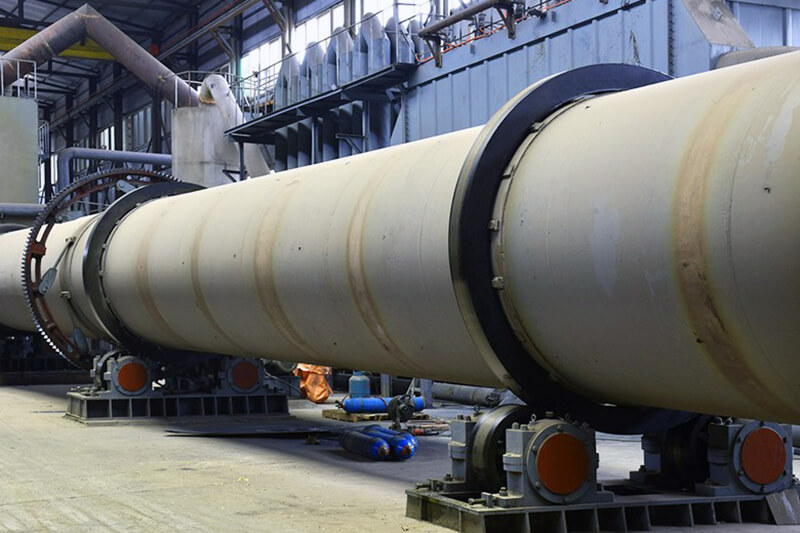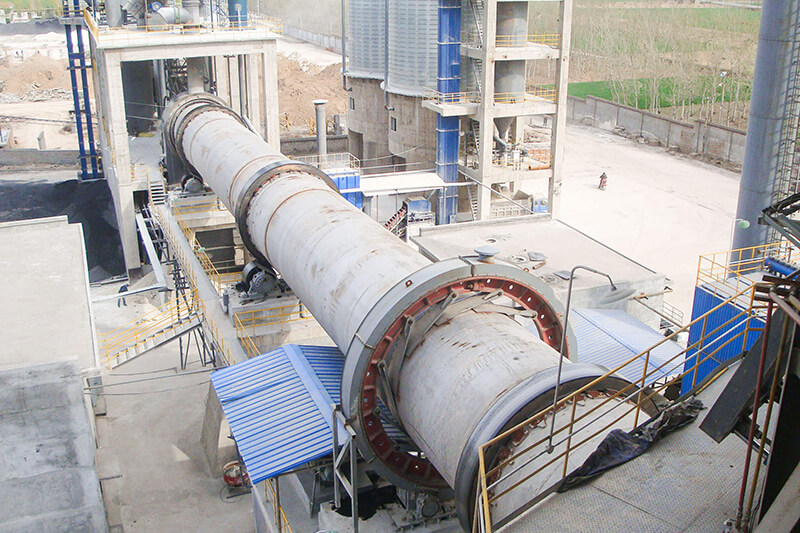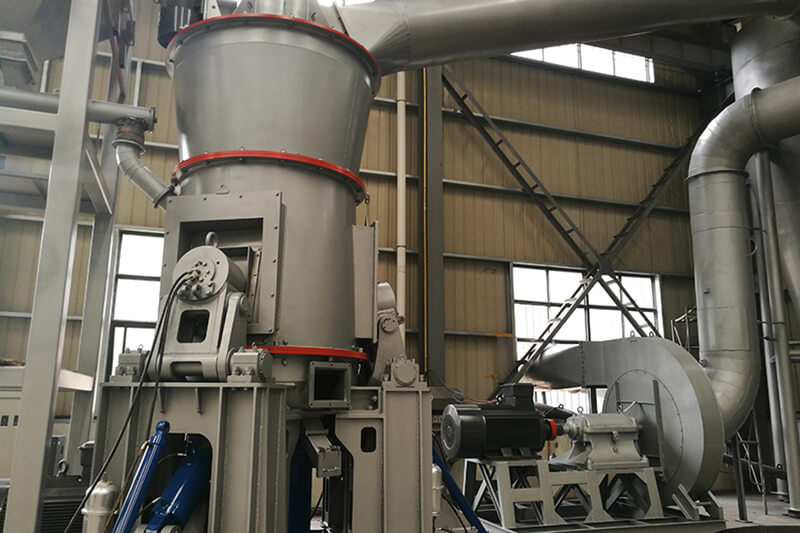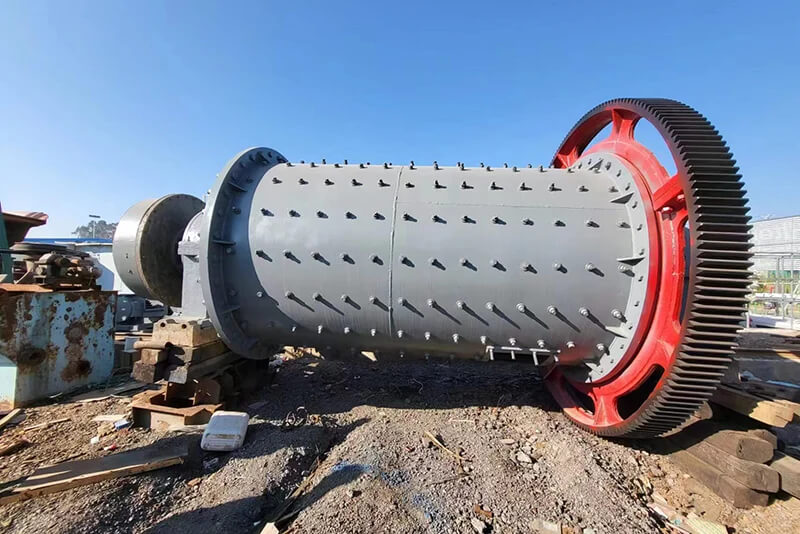The cement grinding process is the final stage in cement production and one of the most energy-intensive steps. Its task is to grind cement clinker, an appropriate amount of gypsum, and additives (such as slag, fly ash, limestone, etc.) to a specific fineness, forming the final cement product. This process directly determines key properties of cement, such as strength, setting time, and workability.
1. Core Equipment: Two Main Grinding Systems
Modern cement grinding primarily uses the following two types of equipment:
Ball Mill System
Introduction: This is a traditional and technologically mature system, divided into open-circuit and closed-circuit systems.
Working Principle: Inside a horizontally rotating large cylinder, a large number of steel balls of different specifications are used as grinding media. The material enters from one end, is lifted, impacted, and ground by the steel balls as the cylinder rotates, gradually becoming finer and discharged from the other end.
Characteristics:
- Advantages: Reliable operation, wide adaptability to materials, simple operation and maintenance.
- Disadvantages: High energy consumption (low efficiency), high noise, severe metal wear.
Vertical Roller Mill System
Introduction: The mainstream choice for modern new production lines, using the "bed grinding" principle, which is more efficient.
Working Principle: The material falls onto a rotating grinding table and is crushed by 2-4 grinding rollers. The crushed material is carried upward by airflow and classified by a separator at the top. Coarse particles fall back for regrinding, while fine particles are collected as the product.
Characteristics:
- Advantages: High grinding efficiency, 20%-50% lower energy consumption compared to ball mills, integrated drying function, low noise.
- Disadvantages: High investment cost, high technical requirements for operation and maintenance.
2. Detailed Process Flow (Using an Efficient Closed-Circuit System as an Example)
Modern cement plants widely adopt the "closed-circuit grinding" system. Its process flow is an efficient cycle, as shown in the following diagram:
Clinker, Gypsum, and Additives → Batching and Feeding → Grinding (Vertical Mill/Ball Mill) → Classifier (Separator) → Coarse Particles (Return to Grinding) → Fine Particles (Product) → Dust Collector → Finished Cement (Storage)
Process Step Analysis:
- Batching and Feeding: Based on the type of cement being produced (e.g., P.O 42.5, P.C 42.5), cement clinker, gypsum, and specified additives are proportionally mixed using precise measuring equipment (such as belt scales). This is the first step in ensuring consistent cement performance.
- Grinding: The blended materials are continuously and evenly fed into the grinding equipment (vertical mill or ball mill). Inside the equipment, the materials are subjected to intense compression, impact, and grinding, rapidly reducing their particle size.
-
Classification and Separation: This is the core of the "closed-circuit system." The material exiting the mill enters a separator. The separator acts like a "sieve," using centrifugal force or aerodynamic principles to divide the material into coarse particles and qualified fine particles.
- Qualified Fine Particles: Meet the fineness requirements (typically with a specific surface area between 300-450 m²/kg) and proceed to the next step with the airflow.
- Coarse Particles: Do not meet the fineness requirements and are returned to the mill inlet for regrinding.
- Collection and Storage: The airflow carrying the qualified fine particles enters a dust collector (typically an efficient bag filter), where solid-gas separation occurs. The collected powder is the finished cement. The finished cement is transported via air slides, bucket elevators, and other equipment to cement silos for storage and homogenization, awaiting dispatch.
3. Key Process Control Points
- Feed Material Particle Size and Moisture: Smaller particle sizes result in higher grinding efficiency. Moisture must be strictly controlled (typically <1.5%). Vertical mills can handle materials with slightly higher moisture content.
- Product Fineness and Specific Surface Area: Fineness is a key indicator of cement activity and is precisely controlled by adjusting parameters such as separator speed.
- Outlet Material Temperature: Grinding generates significant heat. Excessively high temperatures can cause "false set" in cement or dehydration of gypsum. Measures such as internal water spraying and enhanced ventilation are required to control temperature.
- System Airflow: Airflow affects material transport, drying efficiency, and classification accuracy, making it a critical parameter for stable operation.
4. Process Development Trends
- Vertical Mills as the Primary Equipment: Due to their high efficiency and low energy consumption, vertical mills have become the absolute mainstream.
- System Integration: Combining a roller press (as pre-grinding) with a ball mill to form a combined grinding system is a major direction for retrofitting existing ball mill systems to significantly improve efficiency and reduce consumption.
- Intelligence and Automation: Adopting DCS distributed control systems and AI optimization algorithms to achieve automated control, fault diagnosis, and energy consumption management throughout the production process, ensuring stable quality and minimal cost.
Summary
The cement grinding process is a complex system integrating mechanical force, aerodynamics, and process control. Its evolution has progressed from "extensive grinding in ball mills" to "efficient bed grinding and precise classification in vertical mills." The core goal remains to minimize the energy consumption of this "power-intensive" step while ensuring product quality.

